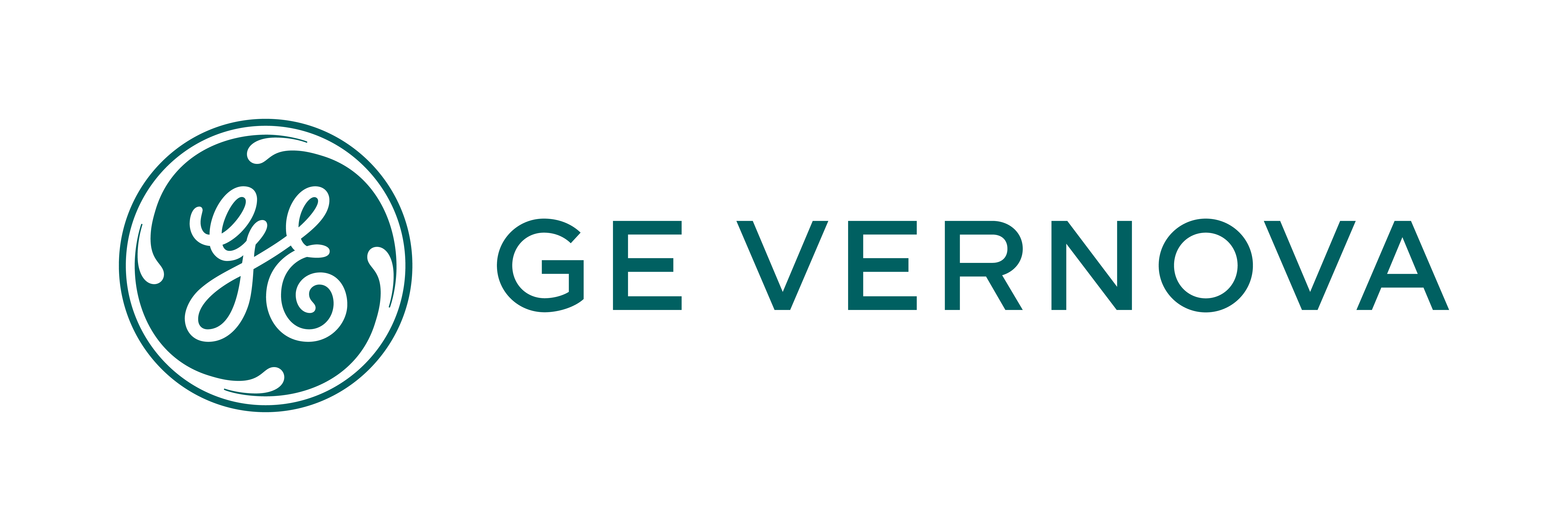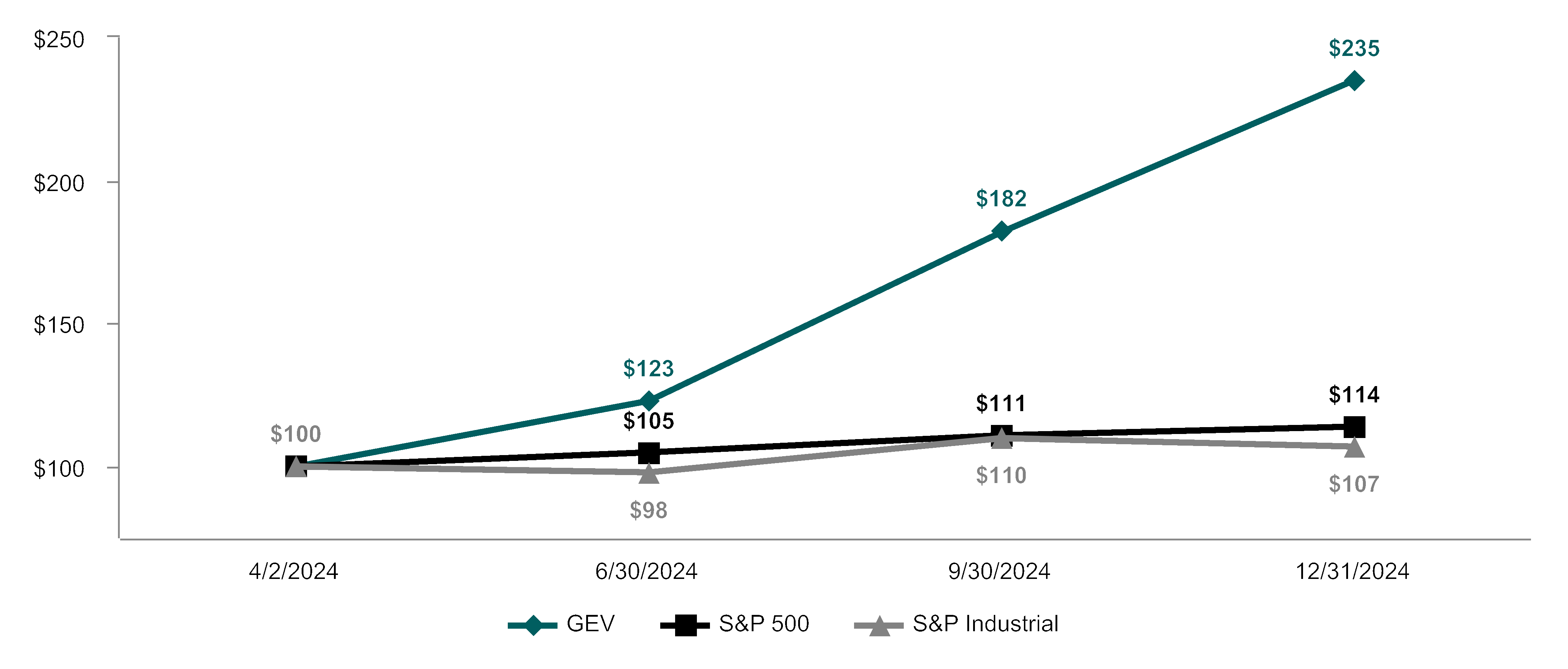challenges to achieving profitability for new products. Such risks are especially acute in the offshore wind industry, which is a nascent
industry, with higher ramp up costs and the potential for new product introductions to result in losses both in the short-and in the long-run.
See Item 7. "Management's Discussion and Analysis of Financial Condition and Results of Operations — Offshore Wind" for a description
of recent quality and execution issues we have experienced at our Offshore Wind projects. If we are not able to identify and implement
initiatives that control and/or reduce costs and increase operating efficiency, or if the cost savings initiatives we have implemented to date
do not generate expected cost savings, our financial results could be adversely affected.
We enter into long-term service agreements in connection with significant contracts for the sale of products, particularly in our Gas Power
business unit. In connection with these agreements, we estimate our products’ durability and reliability, as well as our costs associated with
delivering the products and the provision of services over time in order to be profitable and generate acceptable returns on our investments.
Particularly for our long-cycle businesses and contracts like these, a failure to appropriately estimate, plan for, or execute our business
plans may adversely affect our delivery of products, services, and outcomes in line with our projected financial performance or cost
estimates, and ultimately may result in excess costs, build-up of inventory that becomes obsolete, lower profit margins and cash flows, and
an erosion of our competitive position.
Significant disruptions in our supply chain, including the high cost or unavailability of raw materials, components, and products
essential to our business, and significant disruptions to our manufacturing and production facilities and distribution networks
could adversely affect our future financial results, and our ability to execute our operations on a timely basis. Our reliance on third-
party suppliers, contract manufacturers and service providers, and commodity markets to secure raw materials, parts, components, and
sub-systems used in our products exposes us to volatility in the prices and availability of these materials, parts, components, systems, and
services. As our supply chains extend into many different countries and regions of the world, including many developing economies, we are
also subject to global economic and geopolitical dynamics, including tariffs, and risks associated with exporting or importing components
and raw materials for completing the construction or incorporation process in other countries.
We operate in a supply-constrained environment and have faced, are facing, and may in the future face, supply-chain shortages,
inflationary pressures, shortages of skilled labor, transportation and logistics challenges and manufacturing disruptions that impact our
revenues, profitability, cash flow, and timeliness in fulfilling customer orders. To manage the impact of supply chain shortages and
inflationary pressures, we have sought, and may continue to seek, to negotiate long-term agreements with suppliers, develop relationships
with alternative suppliers, drive productivity initiatives in our manufacturing operations, provide training to our employees, develop alternate
transportation routes, modes, and providers, and share rising costs with our customers. While these measures have successfully mitigated
against historical impact, we expect supply chain pressures across our businesses will continue to challenge and adversely affect our
operations and financial performance for some period of time. In addition, some of our suppliers or their sub-suppliers are limited-or sole-
source suppliers, and our ability to meet our obligations to customers depends on the performance, product quality, and stability of such
suppliers. Generally, raw materials and components are available from a number of different suppliers, although we rely on a single
supplier, a small number of suppliers, or suppliers located in a single country for certain materials and components, including for example
some semiconductor chips, cobalt, certain steel, hafnium, and other rare earth metals. We have in the past experienced, and in the future
may experience, disruptions related to availability of components and materials sourced from single suppliers, but the impact to our
operations and financial results of such disruptions have not been material. However, if one of these suppliers were unable to provide us
with a raw material or component we need, our ability to manufacture some of our products or provide some of our services could be
adversely affected if and to the extent that we are unable to find a sufficient alternative supply channel in a reasonable period of time or on
commercially reasonable terms in light of the circumstances.
Disruptions in deliveries, capacity constraints, production disruptions up-or down-stream, price increases, cyber- related attacks, or
decreased availability of raw materials or commodities, including as a result of war, natural disasters, actual or threatened public health
emergencies, increased tariffs or import or export restrictions, or other business continuity events, adversely affect our operations and,
depending on the length and severity of the disruption, could limit our ability to manufacture products on a timely basis and could harm our
financial results. Additionally, nonperformance or underperformance by third-party suppliers could materially impact our ability to perform
obligations to our customers, which could result in a customer terminating their contract with us, exposing us to liability, and substantially
impairing our ability to compete for future contracts and orders.
Furthermore, we depend on multiple routes and modes of transport to acquire components and materials used in our operations. We are
vulnerable to disruptions in transport and logistics activities due to weather-related problems, strikes, lockouts, inadequacy of roadways,
transportation infrastructure and port facilities, hostilities, acts of terrorism, or other events. We are also subject to fluctuations in the costs
of transportation. We may be unable to store components and materials sufficient for more than a limited period of production, which
increases our dependence on efficient logistics. In addition, during transport and shipping, our products and/or their components and
materials may become damaged. Such factors could also result in liability and significant reputational harm. These factors could adversely
impact our ability to deliver quality products, solutions, and services to our customers and may have a substantial adverse impact on our
business activities, results of operations, cash flows, and financial condition.
Any interruption in the operations of our manufacturing facilities may impair our ability to deliver or provide products, solutions,
and services. We are dependent on our global production and operating network to develop, manufacture, assemble, supply, and service
our offerings. A work stoppage, labor shortage, or other production limitation, including import or export restrictions, or transportation
issues, among others, could adversely affect our manufacturing facilities and negatively impact our reputation and market position. In
addition, manufacturing disruptions related to significant public health and safety events, severe weather, financial distress, unscheduled
downtimes, manufacturing deviations, quality issues, production constraints, mechanical failures, cybersecurity attacks, and geopolitical
dynamics and risks could interrupt our ability to deliver or provide certain products, solutions, and services. Such risks may be heightened
in emerging market countries, which may be subject to varying degrees of economic, political, and social instability.
We also have internal dependencies on certain key manufacturing or other facilities. For example, our Onshore and Offshore Wind
businesses are, and may in the future be, reliant on our internal ability to manufacture blades for wind turbines through our LM Wind Power
business, which accounts for a substantial percentage of our wind blade production. Similarly, we internally manufacture certain specialized
transformers for our Grid Solutions business. If we are unable to produce or assemble these components internally in sufficient quantities,

